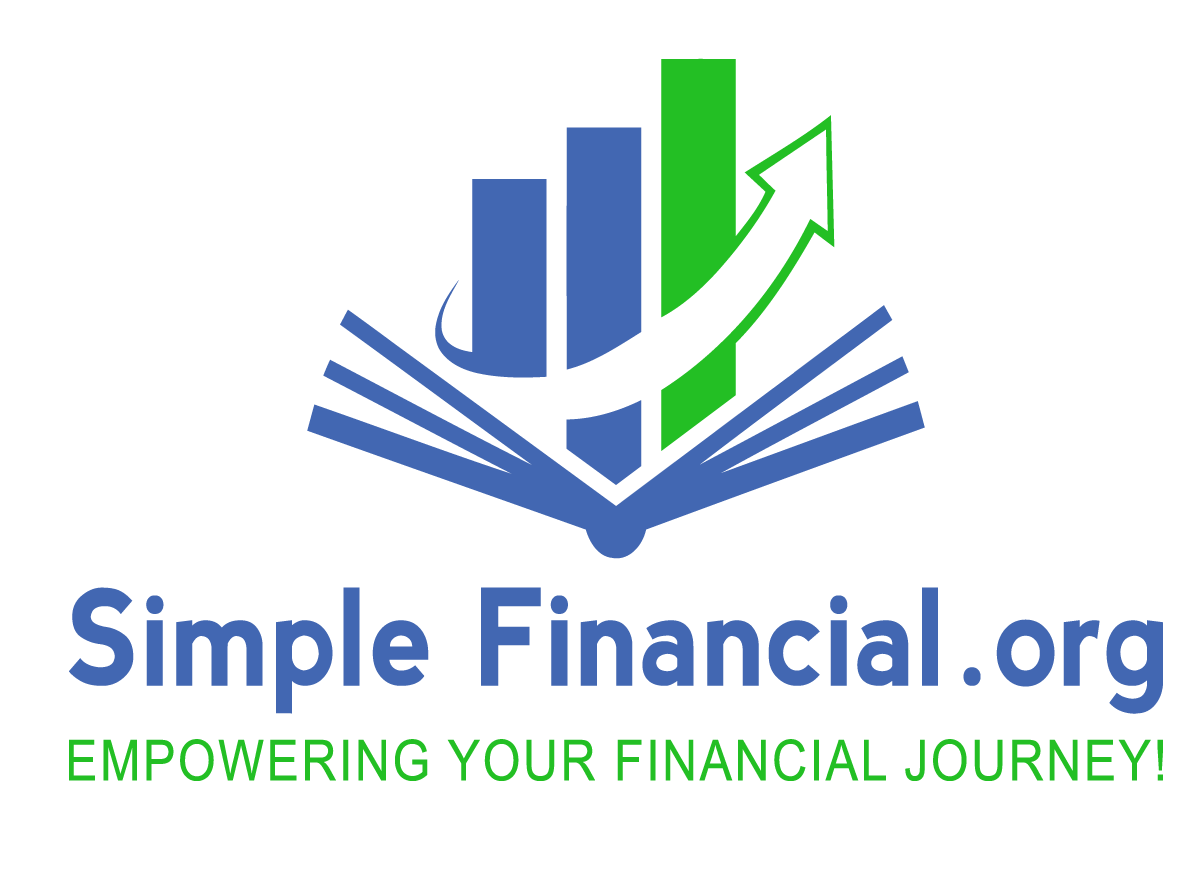What is the Forex Market?

The abbreviations & words ‘FX’, ‘forex’ & ‘foreign exchange’ are all interchangeable terms used to describe the market in which one country’s currency is exchanged for another country. Foreign exchange transactions may be as simple as those encountered by a tourist when visiting a local money changer to conduct a physical exchange of one currency for another or as complex as multi-legged option strategies executed between global investment banks over electronic trading platforms with multiple settlement dates in multiple currencies. Each transaction forms a part of the foreign exchange market.
The forex market is the crossroads for international capital, the intersection through which global commercial & investment flows have to move. International trade flows, such as when a Swiss electronics company purchases Japanese-made components, were the original basis for developing the forex markets.
More than anything else, the forex market is a trader’s market. It’s a market that’s open around the clock from Sunday evening ET to Friday 5 p.m. ET, enabling traders to act on news and events as they happen. It’s a market where half-billion-dollar trades can be executed in a matter of seconds and may not even move prices noticeably. Try buying or selling a half-billion of anything in another market, and see how prices react.
Currency Pairs & Investment Vehicles
Currency Pairs
There are perhaps 160 different currencies in the world. While all currencies have exchange value, most of them are not exchanged outside of the territories where they are used. The Continuous Linked Settlement Bank (CLS) settles trades in only 17 currencies, and liquidity is greatest for an even smaller group of selected currencies. These so-called major currencies account for more than 90% of global foreign exchange volume. They tend to be characterized by tight spreads and excellent liquidity.
Like stocks with ticker symbols, currencies have three-letter abbreviations, known as ISO (International Standards Organization) codes, which simplify the quoting and trading of currencies. Examples include:
- US Dollar – USD
- Euro – EUR
- Japanese Yen – JPY
- British Pound – GBP
- Australian Dollar – AUD
- Swiss Franc – CHF
- Canadian Dollar – CAD
Forex trading runs round the clock during the five business working days. As a liquid market, most investors are spending their waking moments on forex trading platforms. Before you decide to participate, you need to know the most commonly used concepts; it allows you to run your trades smoothly.

